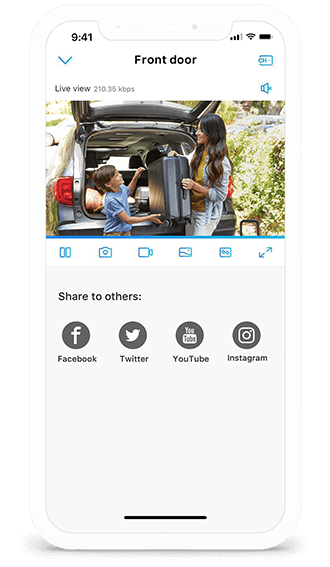
It attempts to automatically pick the best channels for you, and usually does a good job. This is an automated process that looks at all connected UniFi APs and the RF environment they are in. That usually happens when there is a misconfiguration, such as wireless meshing being turned off, or port or VLAN settings not being correct for the uplink AP it’s wirelessly connecting to. If the device fails to reach the destination, it will enter an “isolated” state, meaning they can’t reach the network.

By default it is the IP of their gateway, typically a UniFi or 3rd party router. This controls what devices attempt to reach, to determine if they are online. This setting enables a hidden “Element-xxxxxx” SSID, and can be disabled if you don’t need easy adoption of new UniFi devices. When enabled, UniFi wireless cameras and IoT devices will be automatically visible for adoption, making it easier to setup those devices. Otherwise, you can disable it to reduce SSID and management frame overhead. If you have an installation where you can’t run Ethernet to all of your APs and need to rely on wireless backhaul, you should leave this enabled. This controls whether or not there is a hidden SSID broadcast, which allows other UniFi APs to connect to the network. You can hit the “X” on the right to apply the global rules to them, or go the their device settings panel and control it there. This is a list of the APs that are excluded from the global rules. In general, you want to use the lowest power settings that still result in good coverage and signal strength. If you need to make exceptions, you can always exclude individual APs from the global rules, or except all of your APs and set them individually. For those trying to achieve the most range and coverage from the APs they have, high 5 GHz and 6 GHz TX power can be set. If you have a very dense area or a smaller home or business with multiple APs, setting a unique channel and keeping 5 GHz TX power on low or medium may be best.

Usually, in a multi-AP network, turning down 2.4 GHz transmit power leads to better performance, especially with roaming.ĥ GHz and 6 GHz attenuate more rapidly and are more affected by obstructions, resulting in around half the range of 2.4 GHz. The actual dBm values for low, medium, and high are based on the AP model and what they are capable of.Ģ.4 GHz signals travel longer distances and through obstructions like walls and trees more effectively than 5 GHz or 6 GHz signals. Here, you can set low, medium, high, or auto for your 2.4 GHz, 5 GHz, and 6 GHz radios. maximum throughput (80 or 160 MHz).Ħ GHz can pretty safely be set to 80 or 160 MHz, as there is a lot of available spectrum for wide channels, and no requirement to do DFS or AFC for 6 GHz low power indoor ( LPI) access points such as the U6-Enterprise or U6-Enterprise-In-Wall. There is not enough space in the 2.4 GHz spectrum to reliably use 40 MHz channels, especially with multiple APs.ĥ GHz can be set to 20, 40, 80, or 160 MHz depending on how much you value AP and client density (20 MHz) vs. Here, you can set channel width for all your 2.4 GHz, 5 GHz, or 6 GHz radios.Ģ.4 GHz should always be set to 20 MHz.


 0 kommentar(er)
0 kommentar(er)
